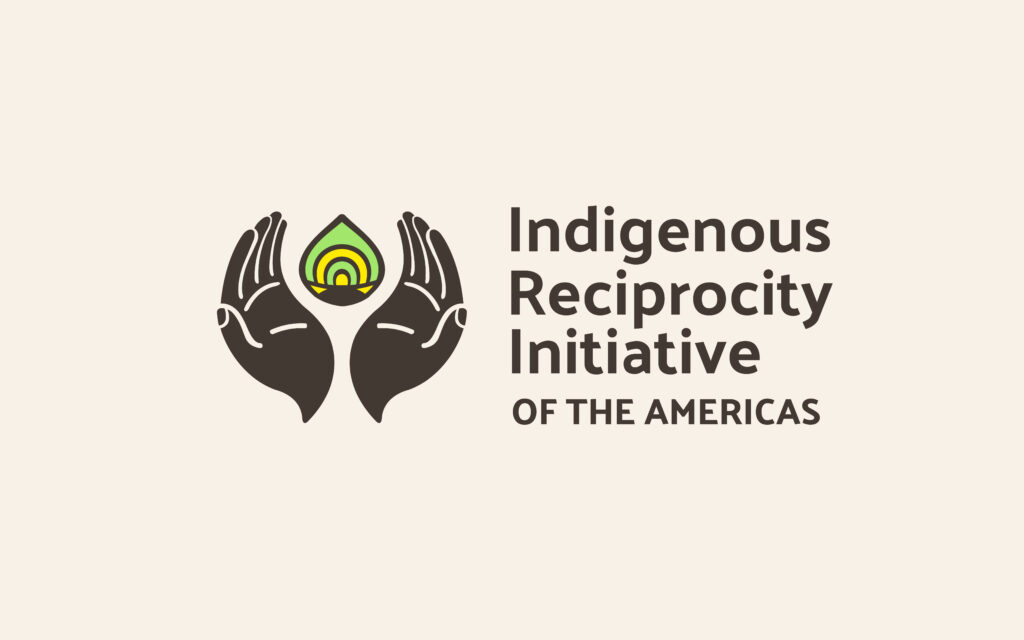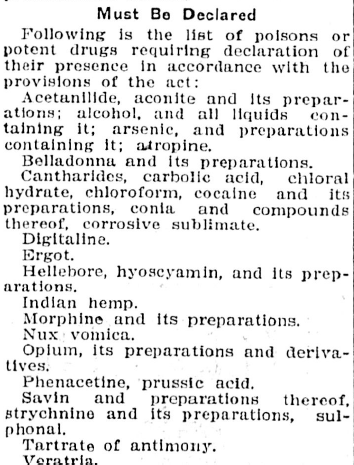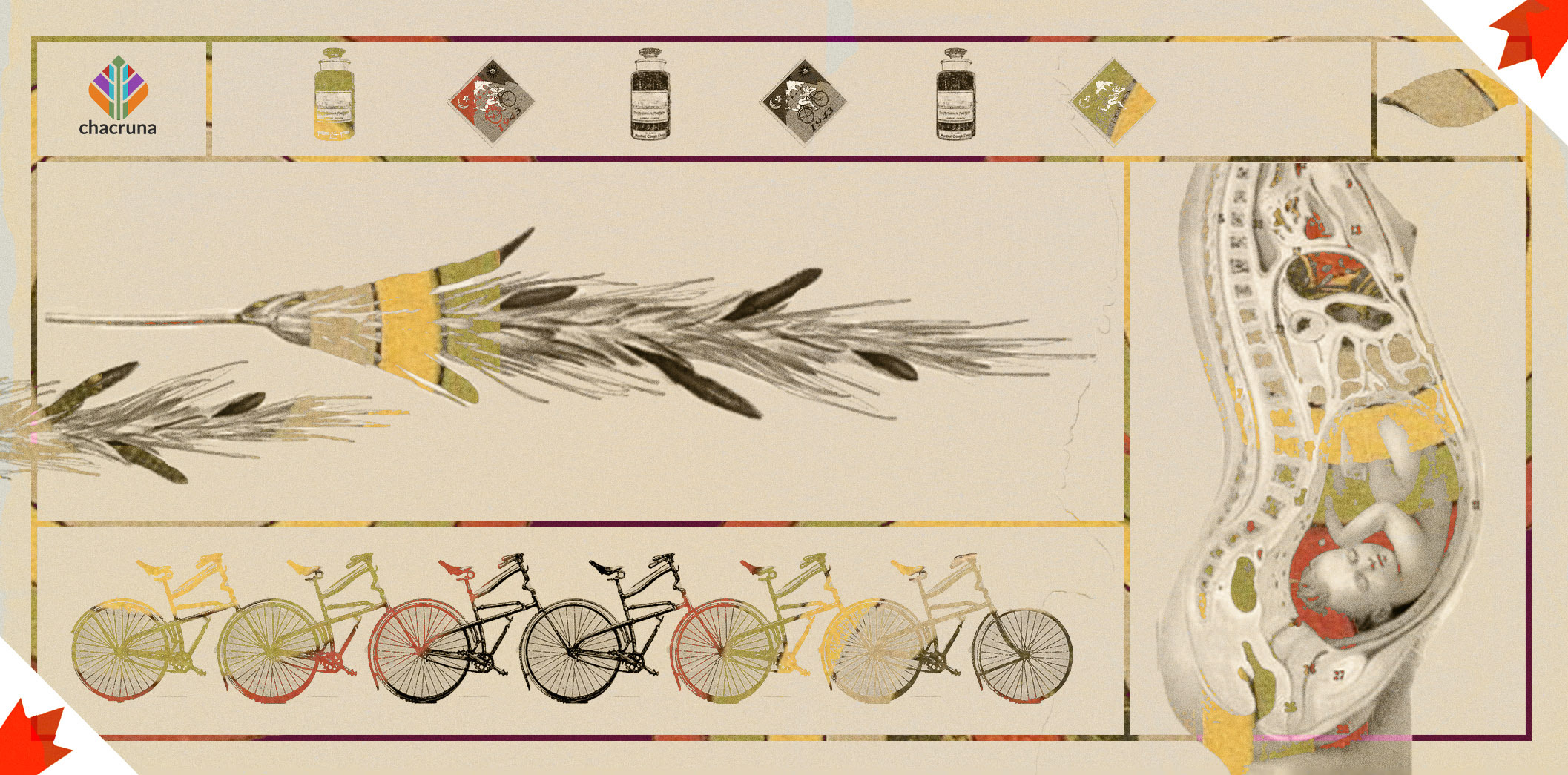- Ergot in Canada: A Lost Tradition? - January 20, 2021

In the second half of the 20th century, farmers on the Canadian prairies produced ergot (Claviceps purpurea) for use in the pharmacological industry. But ergot also infected grain supplies and led to poor international sales, which gave Canada a poor reputation in the global grain market.

Ergot has a colourful history and a troubled psychedelic past. It has historically been associated with secretive and sometimes risky uses related to pregnancy and childbirth. In the second half of the 19th century, Canadian physicians were not allowed to use ergot’s potent effects when dealing with complicated childbirths, but, despite the prohibitions, some of physicians still used it.

Discover Indigenous Reciprocity Initiative of the Americas
Ergot use was not the only dangerous practice that was conducted on pregnant women. During the 19th century most physicians were of European descent, male, and clinical knowledge of women’s bodies remained somewhat limited. For some women living far from urban centres or on First Nations Reserves, conditions were often even worse. Newspapers and court records reveal that male physicians at times performed risky operations or gave women ergot in attempts to cause miscarriages; both procuring a miscarriage and using ergot were criminal offenses.

With respect to ergot use and pregnant women, while doctors gave ergot to their patients for medical purposes, it is unlikely but not impossible that the women experienced the hallucinations for which the fungus was famous among scientists, historians, philosophers, and poets. Frank James Bové’s study of the medicinal use of ergot has shown that although ergot typically grew on all the grains, and later on the Canadian ones, its medicinal powers were better known in Middle East, Europe, and Northern Africa since the introduction of agriculture, perhaps even before, and used in a myriad of rural pharmacopeias by local healers and doctors.
“Settler colonialism in the North American context changed how people related to their natural plant medicines and also introduced new plants and new ideas about how to use them.”
Settler colonialism in the North American context changed how people related to their natural plant medicines and also introduced new plants and new ideas about how to use them. The purpurea is the most famous species among the genre Claviceps, which infects hundreds of plant species. Ergotism is a human and animal illness with a spectrum of symptoms, caused by ergot mycotoxins found in edible grasses, such as rye, barley, sorghum, and wheat for humans and fescue grass for deer. The fungus and the plant subsist in a symbiotic relationship, but the most surprising aspect is the similarity between ergot’s alkaloids’ chemical structures and mammals’ neurotransmitters. Within the same fungus, there are different kinds of alkaloids. The quantity and quality of alkaloids vary in each species of Claviceps‘ fungus. Furthermore, in the same species, researchers found heterogenic compositions of alkaloids, which can result in a range of effects when ingested by human beings.

Ergotism manifestations fall into two categories: gangrenous and convulsive, depending on the combination of the alkaloids’ quality and quantity. For millennia, Claviceps was also used in obstetrics, in low doses to encourage uterine contractions and in higher doses to control postpartum hemorrhaging, often to induce a miscarriage or abortion. Some Claviceps’ alkaloids act on the nervous system and smooth, vascular and extra-vascular muscles, facilitating the uterus’s contraction.
In the late 19th century, doctors still followed ancient Greek physician Hippocrates’ essay on the tisane, the first European written document about the use of ergot in childbirth. This classic text suggests to submerge the fungi (small black-purple horn-like sclerotia, when the fungi assumes a dormant state) in water to separate the principles with a uterotonic action or vasoconstriction from the ones that caused hallucinations. However, in a single fungus, the quantity of hallucinogenic alkaloids is generally too low and ineffective.

Join us at Sacred Plants in the Americas II
By 1943 ergot developed a different reputation after its synthesis produced LSD. Albert Hofmann’s synthesis of LSD involved selected and enhanced alkaloids, which standardized Claviceps organic variability. In the ancient past, ergotism poisoning causing terrible gangrenes, convulsions, and visions was due to a significantly affected harvest from which a village or community relied upon as the yearly bread supply, famously described in texts from the Middle Ages. But, much more recently, chemical engineering has created ergot derivatives that are useful for treating migraine headaches, cerebral dysfunction in gerontology, hyperprolactinemia, Parkinson’s disease, schizophrenia, and as an antihypertensive drug.
“Local knowledge about ergot has depended largely on its legal and economic uses.”
The story of ergot is often one of mystery and secrecy, not the least of which because its use was associated with hallucinations and later with miscarriages. Local knowledge about ergot has depended largely on its legal and economic uses. In the case of abortions and miscarriages, ergot was considered illegal due to the moral opposition to its use to affect women’s fertility. In the 20th century ergot growing on Canadian grain threatened to poison livestock feedlots and undermined Canada’s reputation as a grain-producing nation. As Canada faces a different regulatory future concerning psychedelics, perhaps it is time to invest in knowing more about our own plant medicines and how local communities have interpreted their value.
Take a minute to browse our stock:
Did you enjoy reading this article?
Please support Chacruna's work by donating to us. We are an independent organization and we offer free education and advocacy for psychedelic plant medicines. We are a team of dedicated volunteers!
Can you help Chacruna advance cultural understanding around these substances?
















